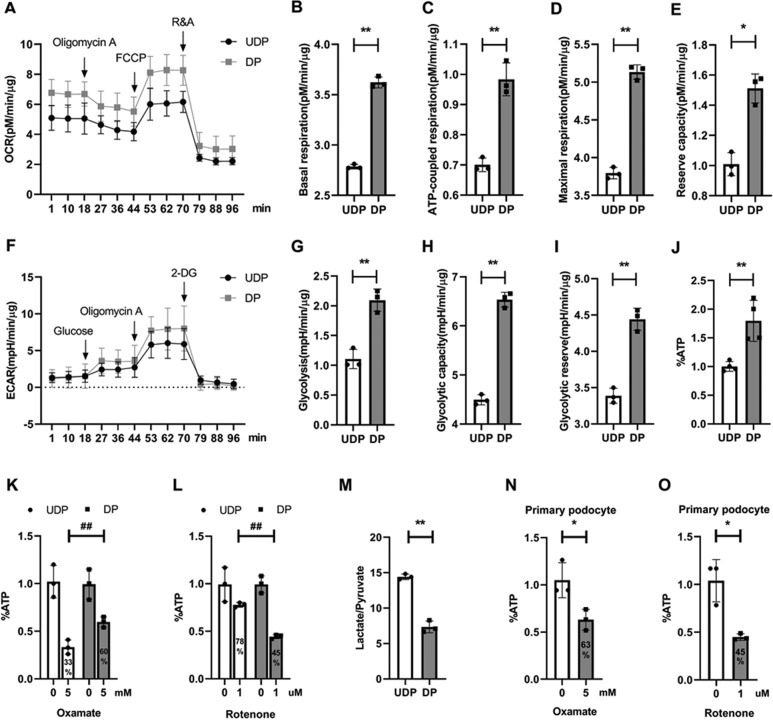Fig. 4. Differentiated podocytes preferentially relied on OXPHOS for their energy demands.
a Oxygen consumption rate (OCR) of podocytes, followed by sequential treatments with oligomycin, FCCP and rotenone/antimycin A. b–e Statistical analyses of baseline respiratory capacity, ATP-coupled respiratory capacity, maximum respiratory capacity and reserve respiratory capacity in OCR. f Extracellular acidification rate (ECAR) in cultured podocytes, followed by sequential treatments with glucose, oligomycin A, and 2-deoxyglucose (2-DG). g–i Statistical analyses of glycolysis, glycolytic capacity and glycolytic reserve in ECAR. j Intracellular ATP level was normalized by protein content, and undifferentiated podocyte ATP was used as control. k–l ATP level in cultured podocyte was measured in response to glycolysis inhibitor oxamate or complex I inhibitor rotenone treatment for 45 min, individually. ATP level was normalized by protein content and expressed as % of control, which was defined as the baseline value in cells exposed only to vehicle (n = 3). m Quantification of lactate and pyruvate ratio in different podocytes (n = 3). n–o ATP levels in primary podocyte was normalized by protein content and expressed as % of control (n = 3). *P < 0.05, **P < 0.01, #P < 0.05, ##P < 0.01, determined by t test. Data are shown as the means ± SD.

